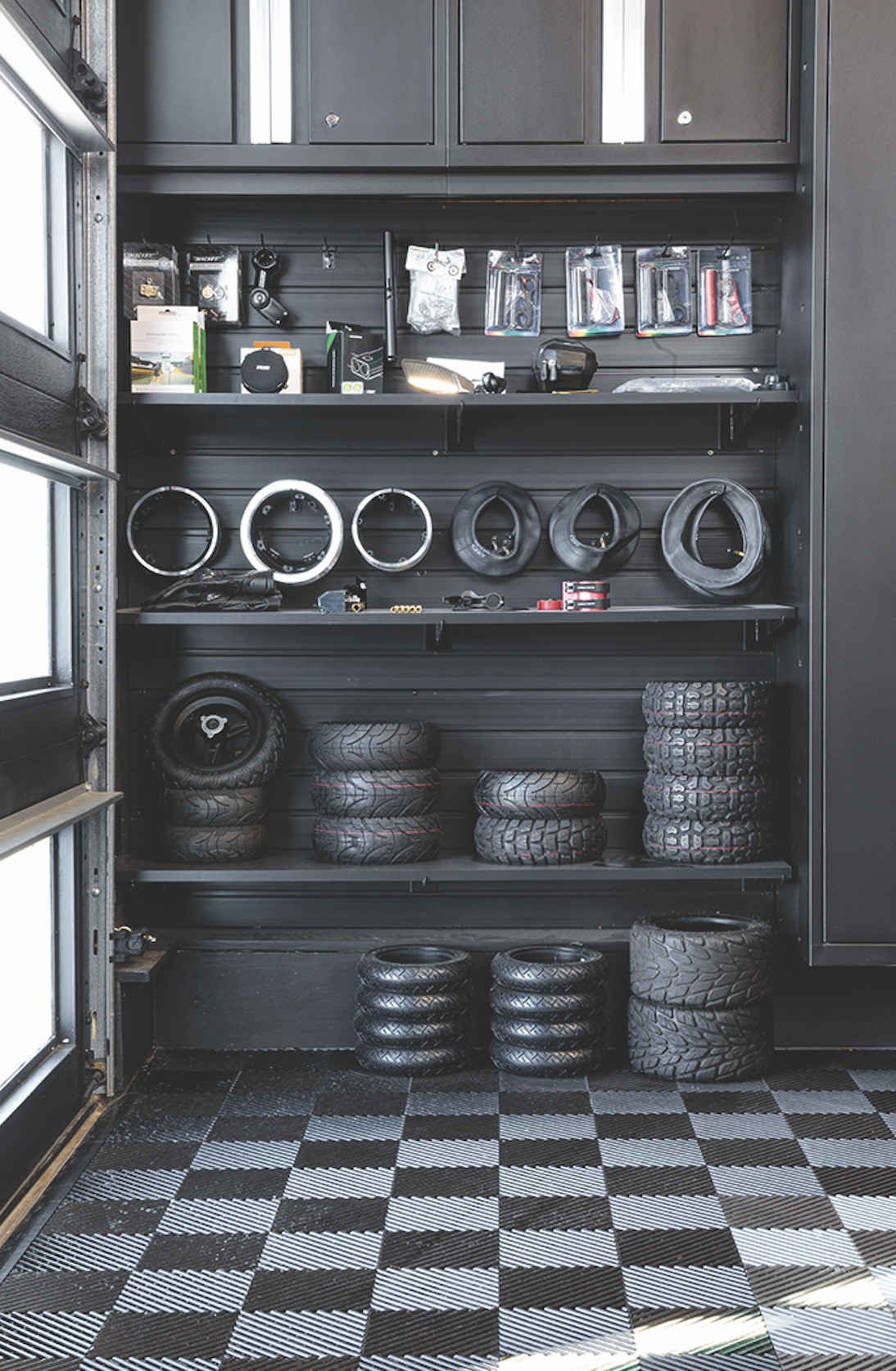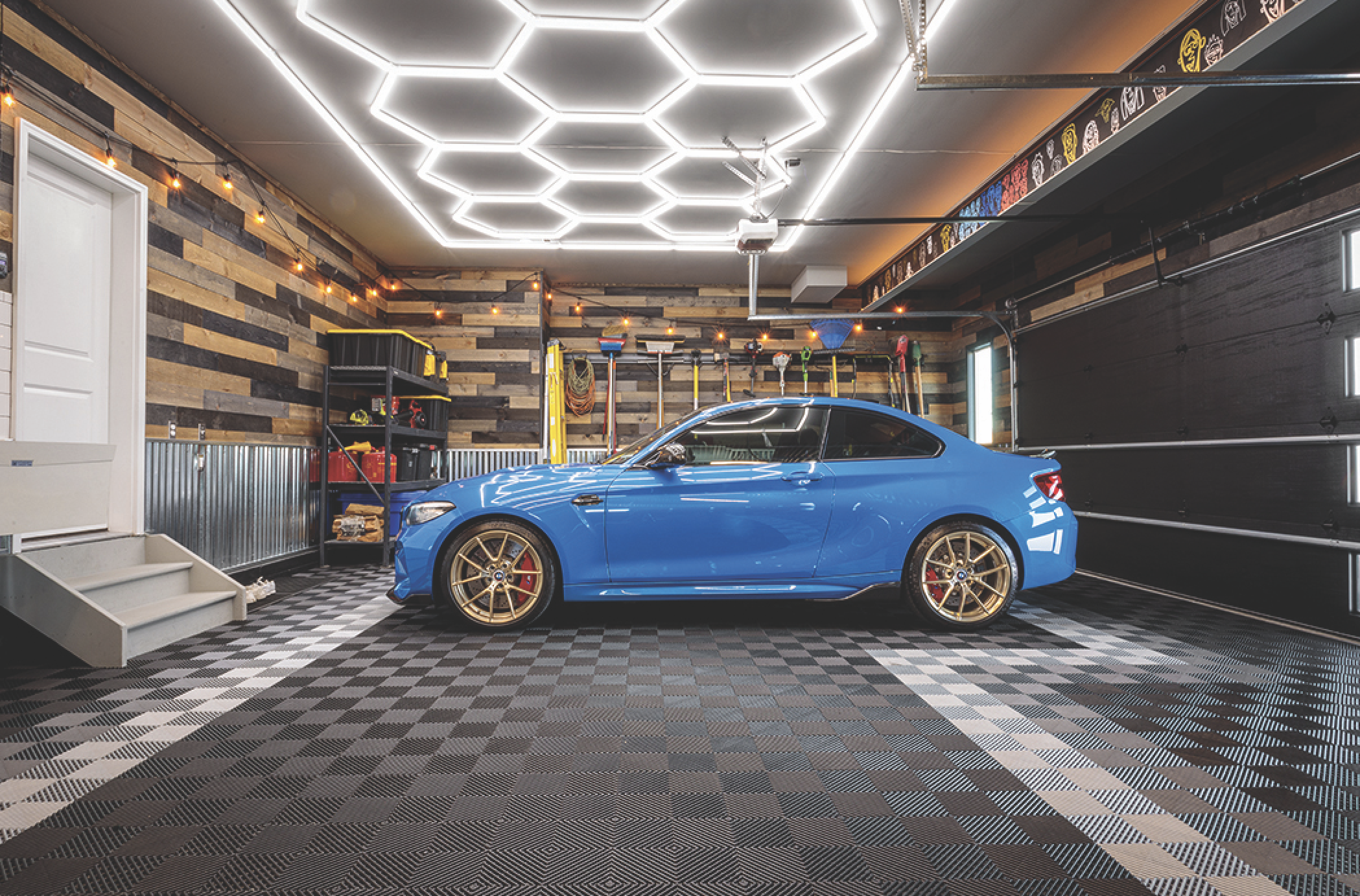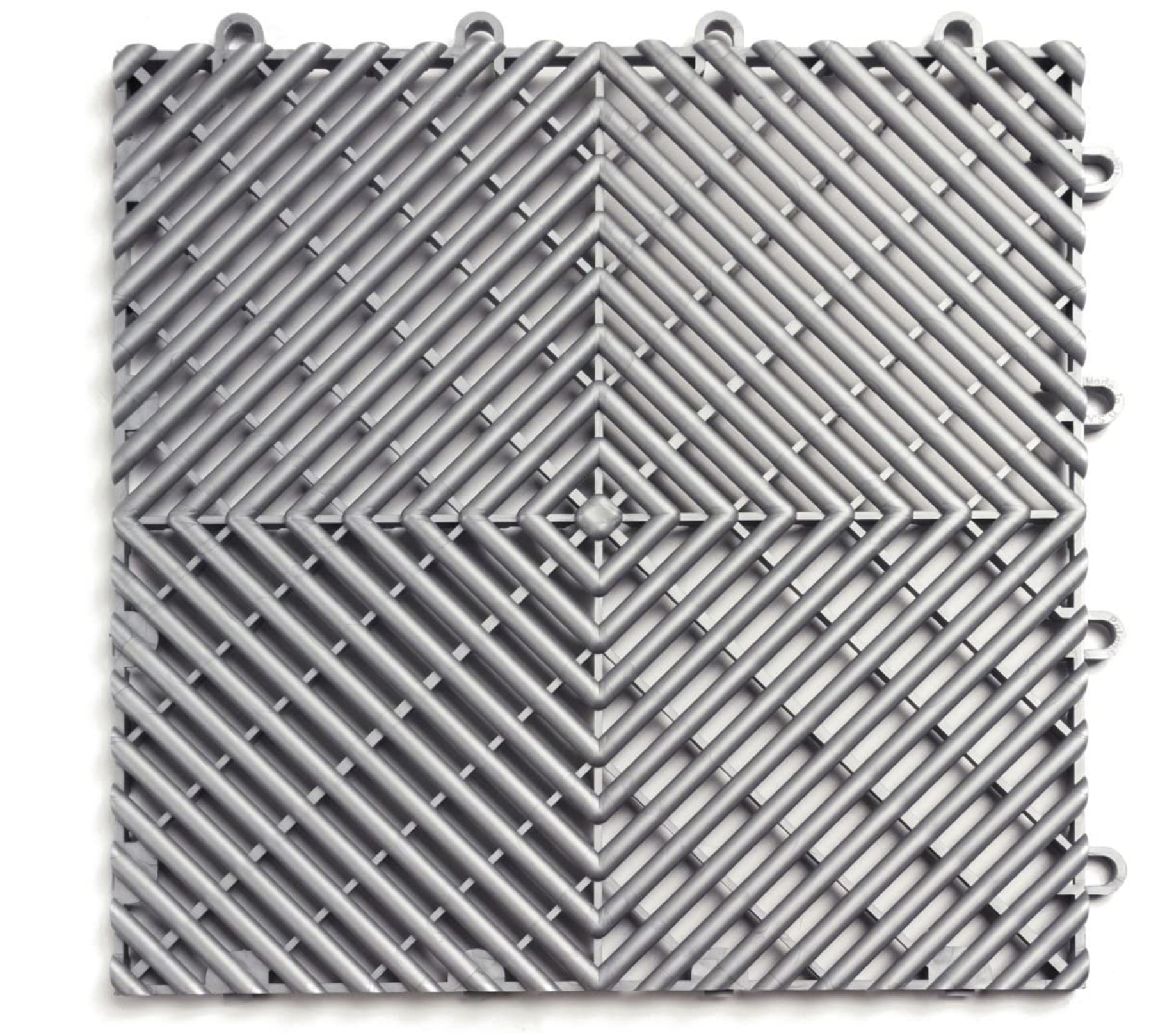Got a painting project on the radar? AD It Yourself has just the painting tips to make sure the experience is as smooth as the fresh coat of paint you’re about to apply.
Turns out, the frustration every time you attempt to paint a room has much more to do with incorrect technique than bad paint or weird walls. Specifically, you’re probably using your paint roller or brush wrong. Even high-quality materials can’t save bad form. It’s not your fault though! Unless you’re a professional painter, you aren’t schooled in painting techniques or painting tools.
Behr Paint’s national trainer Jessica Barr offers painting tips on the most common errors novice painters make with their tools. Read on to get the deets on eight DIY painting tips you can employ to avoid common problems, therefore preempting a paint-induced shame spiral next time you decide your bedroom needs a makeover.
1. Prep your painting space
Like most home improvement projects, a little prep will go a long way when you’re painting walls. Make sure you’ve laid out your drop cloths, placed painter’s tape along the baseboards, windows, outlets, and light switches, and opened your windows for good ventilation if you’re doing some interior painting. Be sure to clean your walls before getting started, so that the new paint goes on smoothly.
If you plan to use multiple cans of paint, mix them together in a gallon bucket, as the color can sometimes vary from can to can. This way, there won’t be any variation in the color of the painted surfaces. For a DIY paint refresher, we’ve got those tutorials too.
2. Remove lint from rollers
Lint from new paint rollers can find its way onto your walls, which is decidedly not ideal. Instead, roll the new cover over some painter’s tape and preemptively remove some of that fuzz. If you do end up with paint fuzz on your interior walls, you’ll need to use high grit sandpaper to remove it. Tread carefully, especially if you're using a high sheen finish.
3. Don’t use a bone-dry paint roller
Before you start a paint job, you actually want to wet the paint roller cover with water. “This primes the roller cover to soak up as much paint as possible,” Barr explains. But don’t go too crazy—Barr suggests removing excess moisture with a paper towel and a good shake of the roller so it’s just slightly damp. “If your roller cover is completely saturated with water, it won’t be able to take on any more liquid [in this case, paint].”
4. Choose a paint roller based on your project
Fun-ish fact: The best roller depends on the job and the type of paint you’re using. Barr recommends a 3/8-inch thick roller cover for most finishes, but for high-gloss you should use a thinner, 1/4-inch thick cover. For textured walls like brick, you’ll need a 1/2-inch to 3/4-inch thick cover to get in all the nooks and crannies.
5. Don’t wipe the paintbrush on the rim
Using the paint can rim to wipe off excess paint is a bad habit that needs breaking, Barr says. When you go to put the lid back on later, you’ll be faced with a mess. Instead, let the brush drip over the can to remove excess paint or, if you must, gently tap the bristles of the brush against the inside of the can of paint to avoid splatter.
6. Don’t dip your paintbrush all the way to the handle
It’s tempting to saturate the brush, but according to Barr, that’s not a good idea. When you’re holding the roller frame, the paint should only come up to the halfway point on the bristles. “Any more, and you’ll be at risk for unnecessary messes and wasted paint,” she says.
7. Don’t make paint strokes shorter than 12 inches
Short paint strokes are how you end up with the dreaded uneven finish. Barr suggests making your strokes longer—the length of your arm. For smoother paint application start in the middle of the wall and avoid stop-and-go movement.
8. Don’t leave your paint tools out during a break
As the paint dries on your walls, make sure it’s not doing the same on all of your tools. This is especially important if you’re planning on touch-ups or adding another coat of paint. When you come back, you’ll be faced with a crusty, unusable paint roller or brush.
Try this method instead: “If you’re reusing the paint color and applicator the next day, wrap or place the applicator securely in plastic wrap or a plastic bag and place it in the fridge,” Barr says. “This will save you the step of washing the applicator and starting the saturation process from scratch.”
Read the whole article on Architectural Digest.
Related Links
If there is a home that you would like more information about, if you are considering selling a property, or if you have questions about the housing market in your neighborhood, please reach out. We’re here to help.
Search Homes in Colorado
Search Homes in Oklahoma
Search Homes in Oregon
Search homes in Minnesota

















